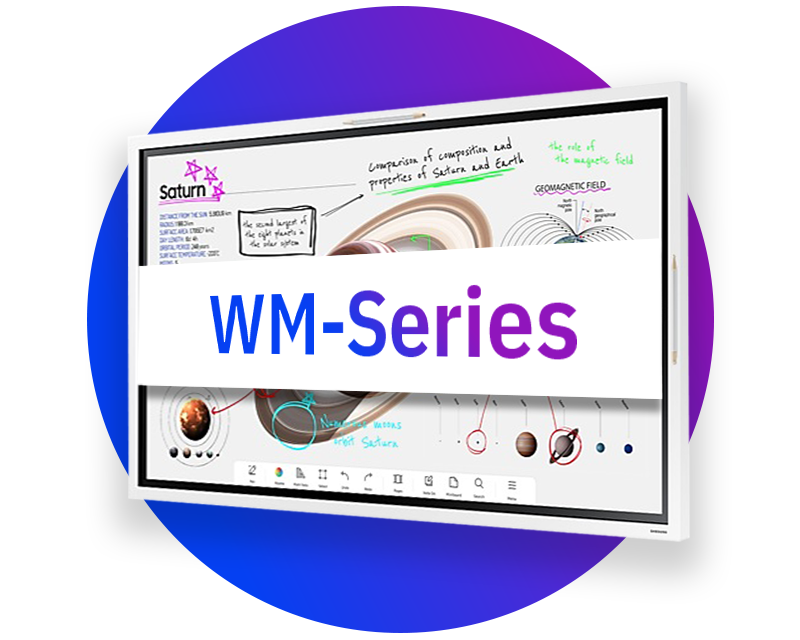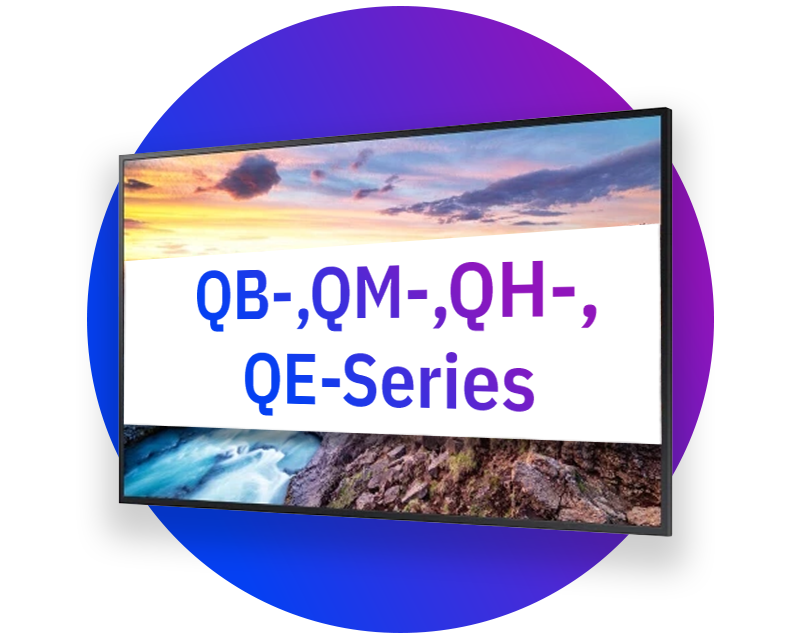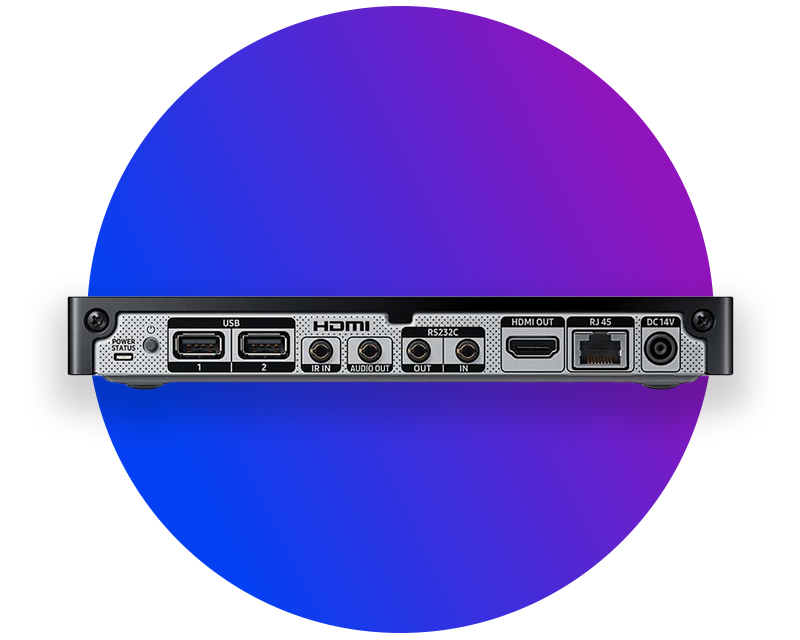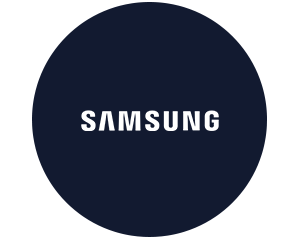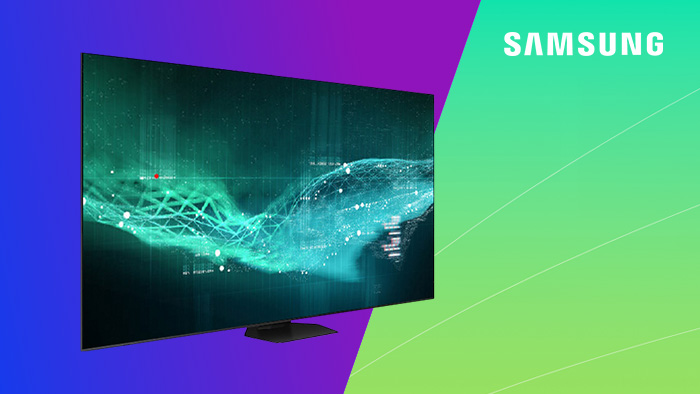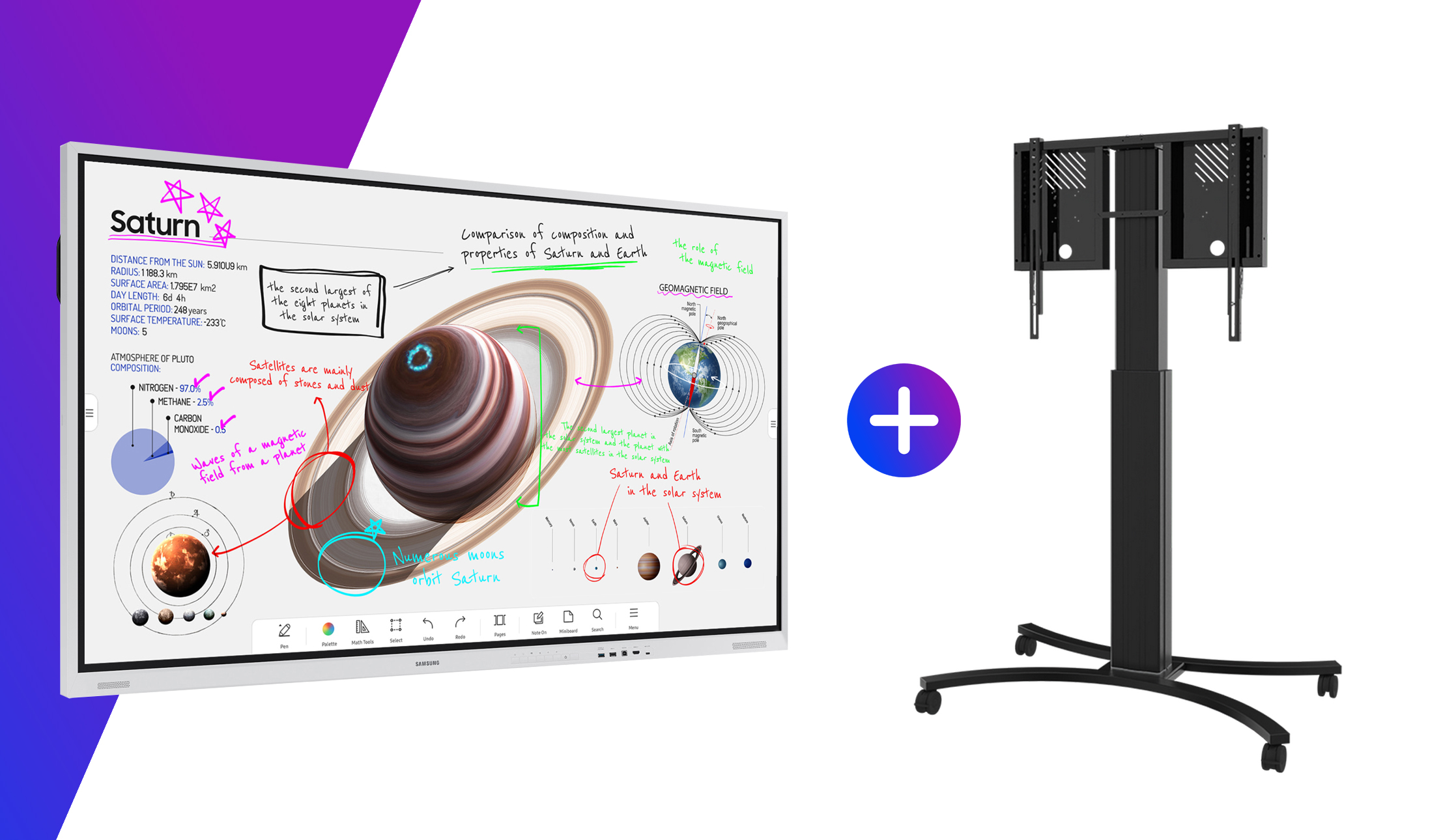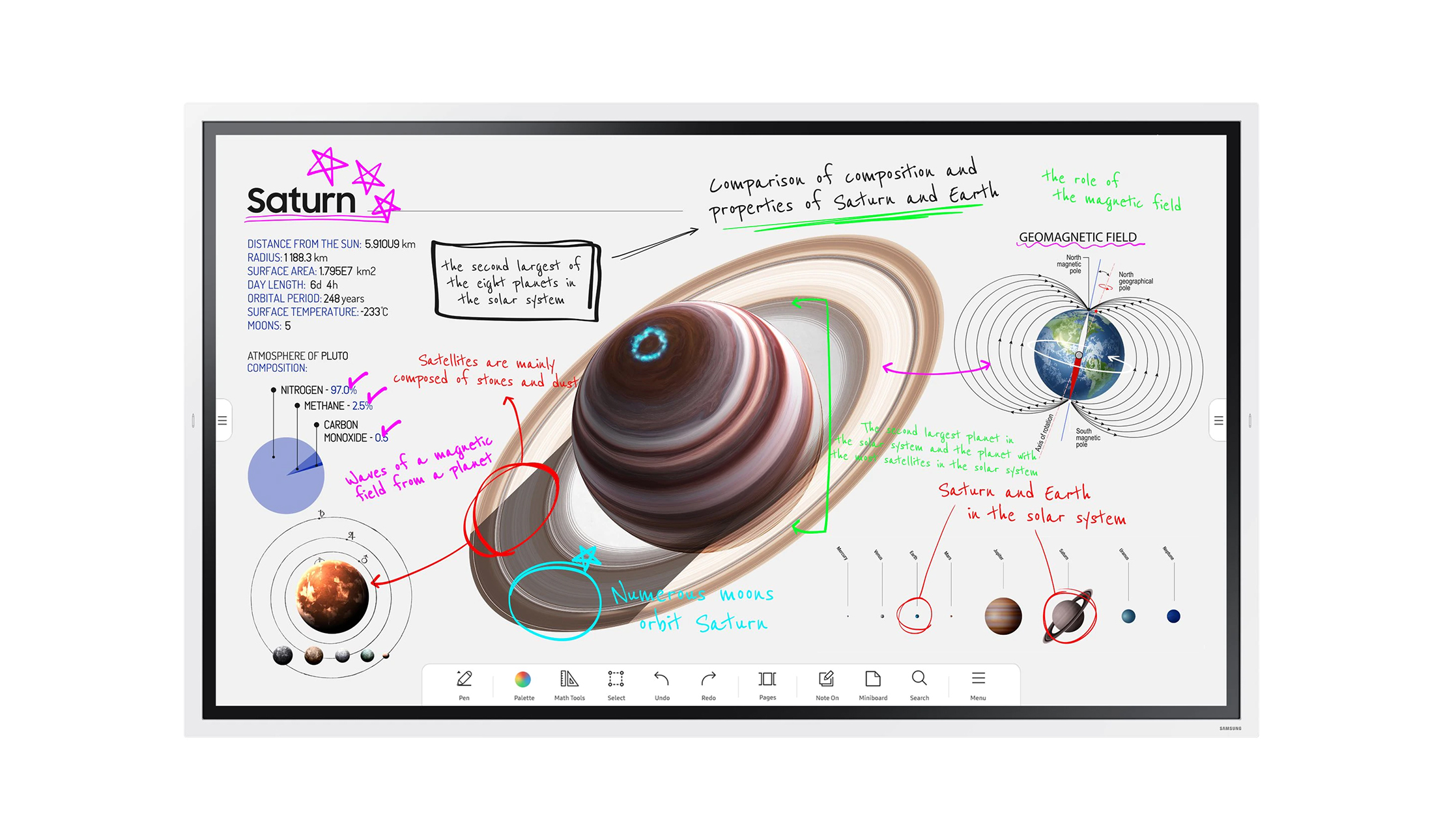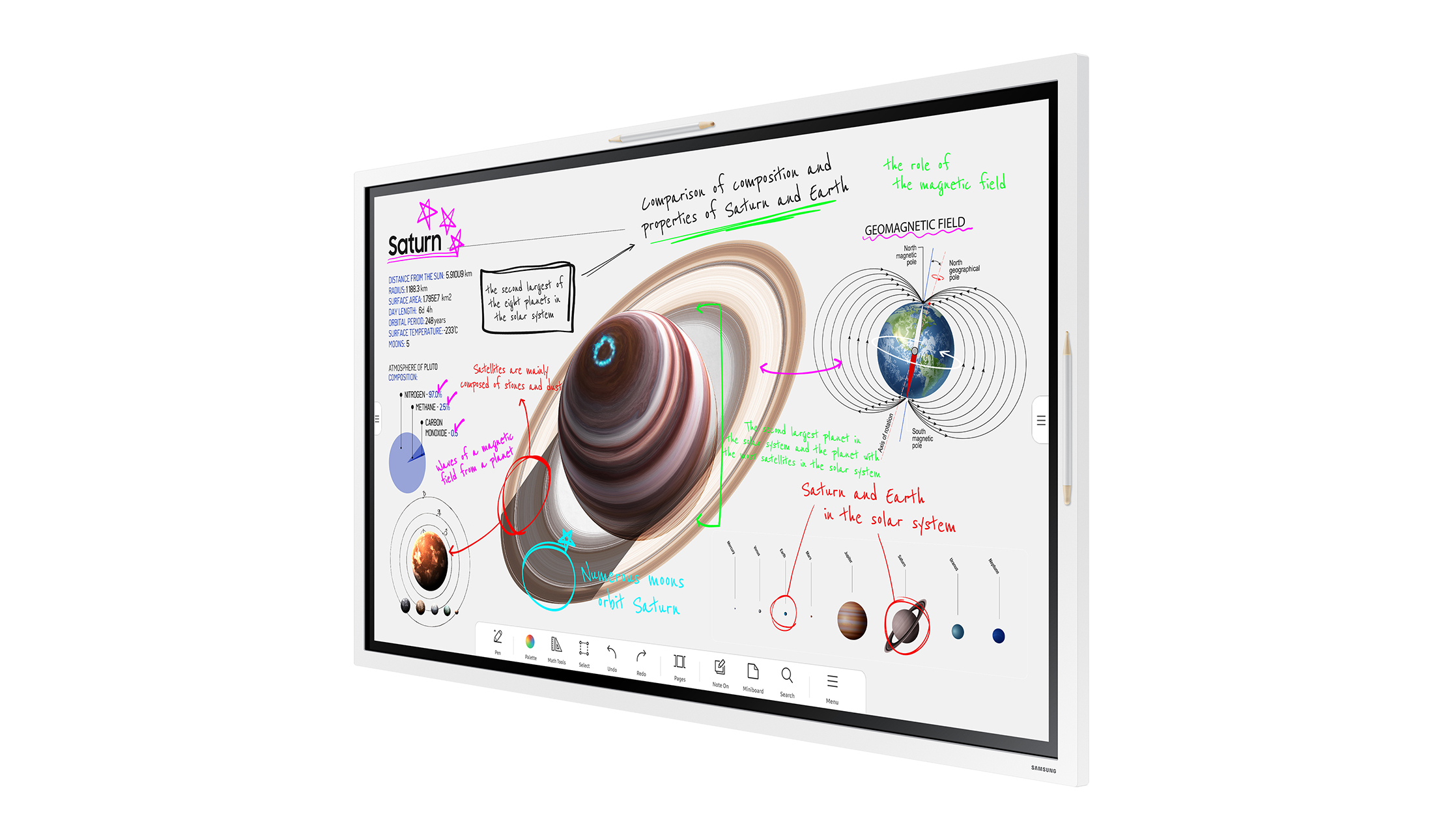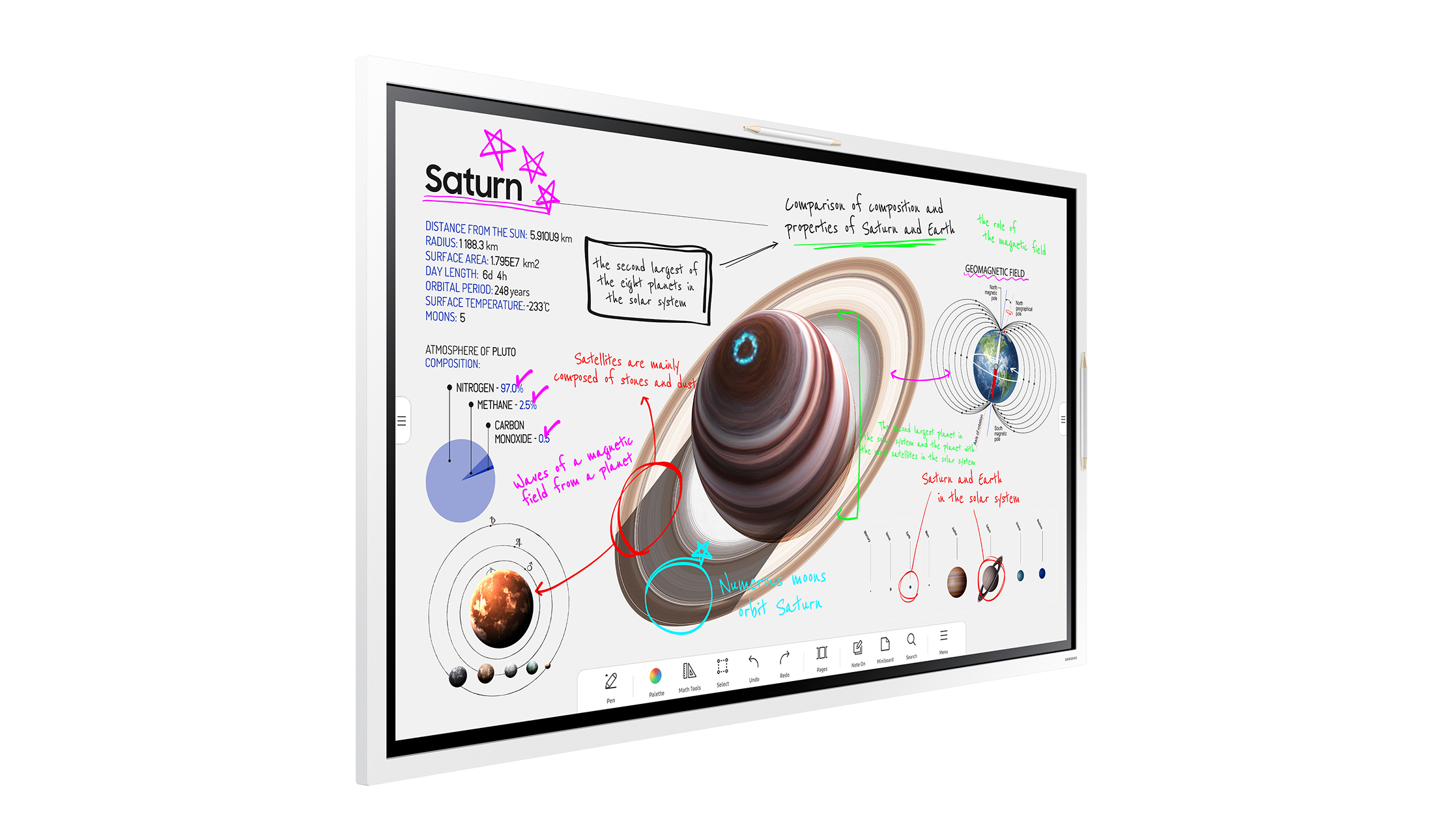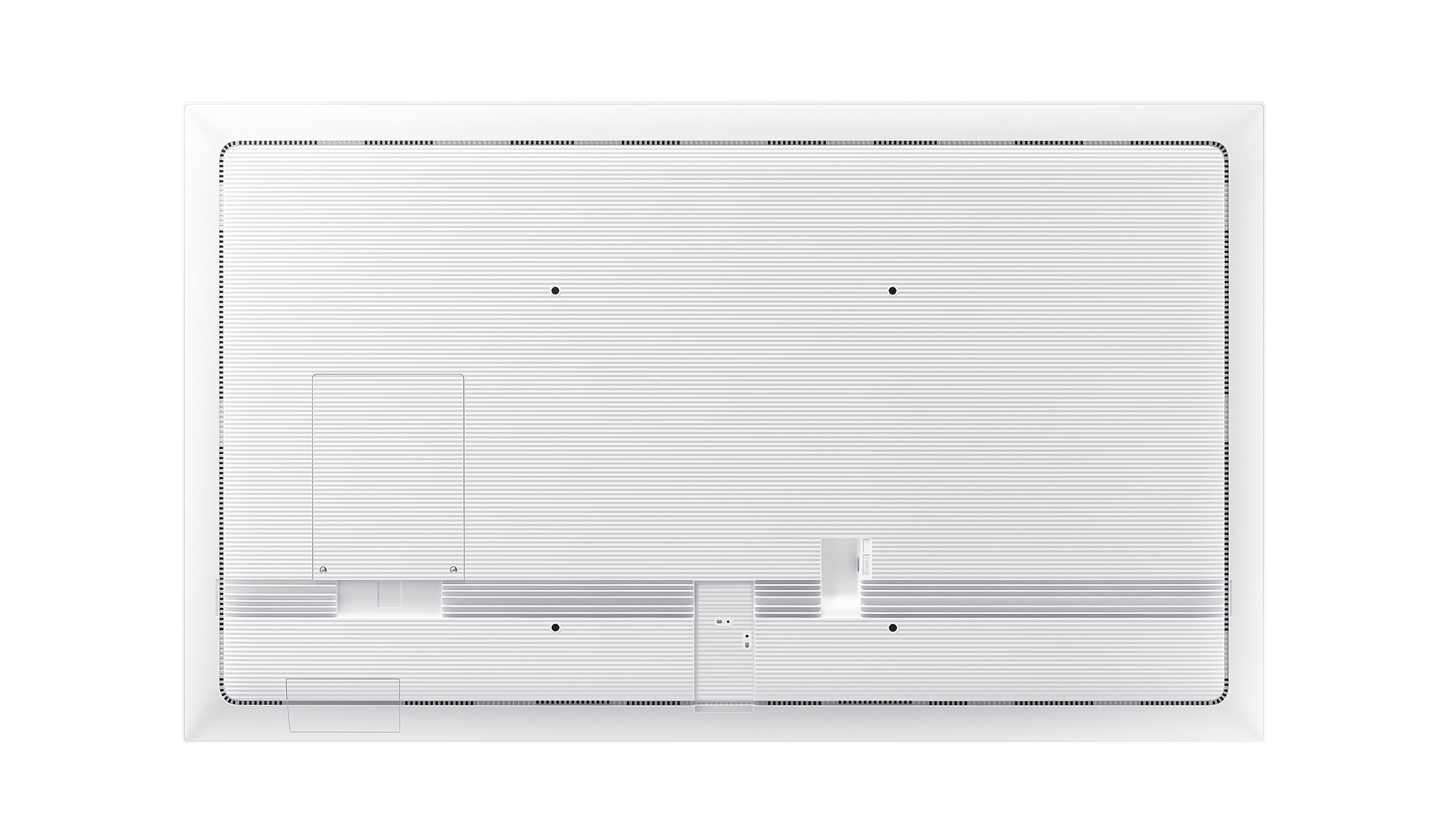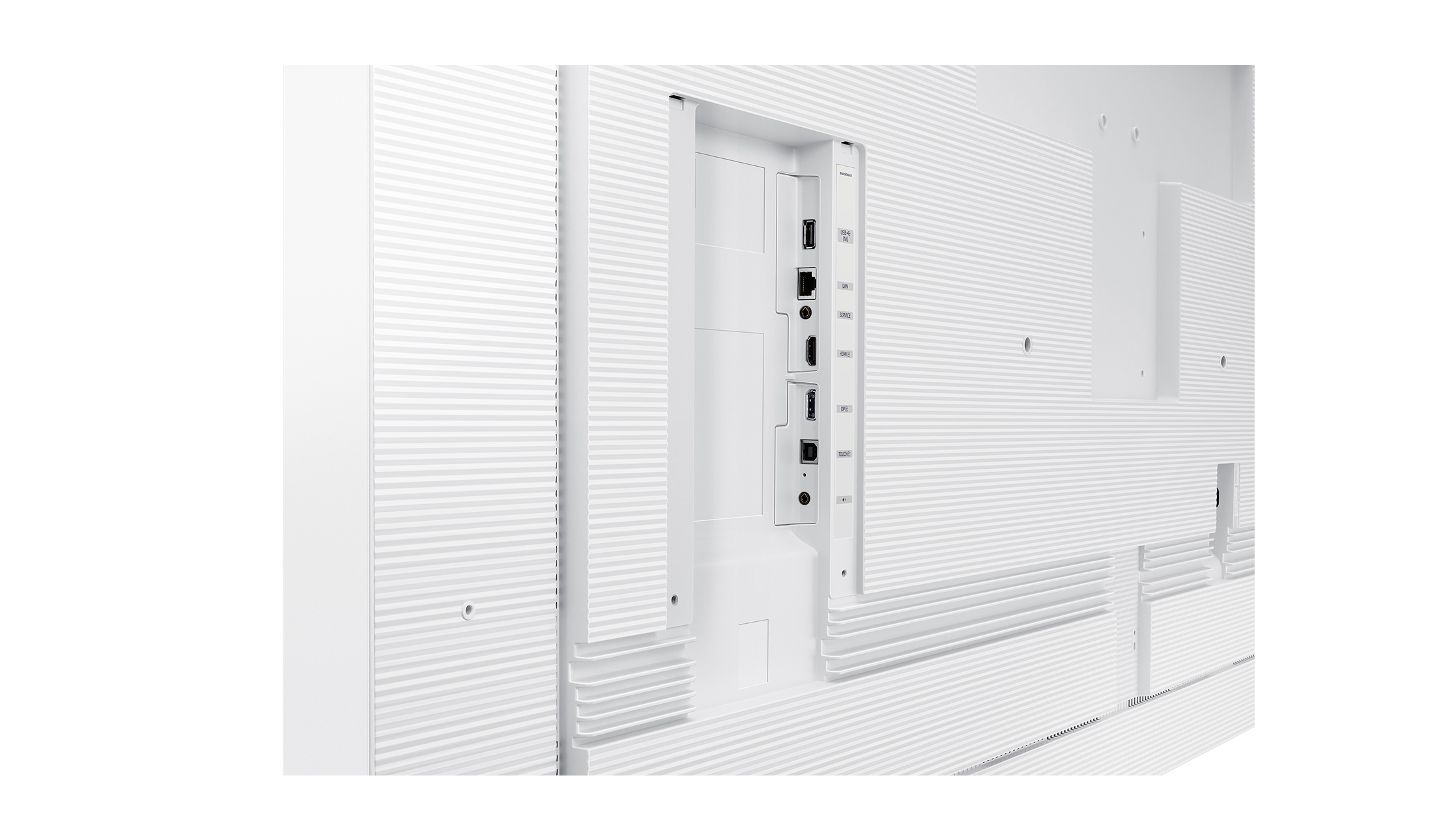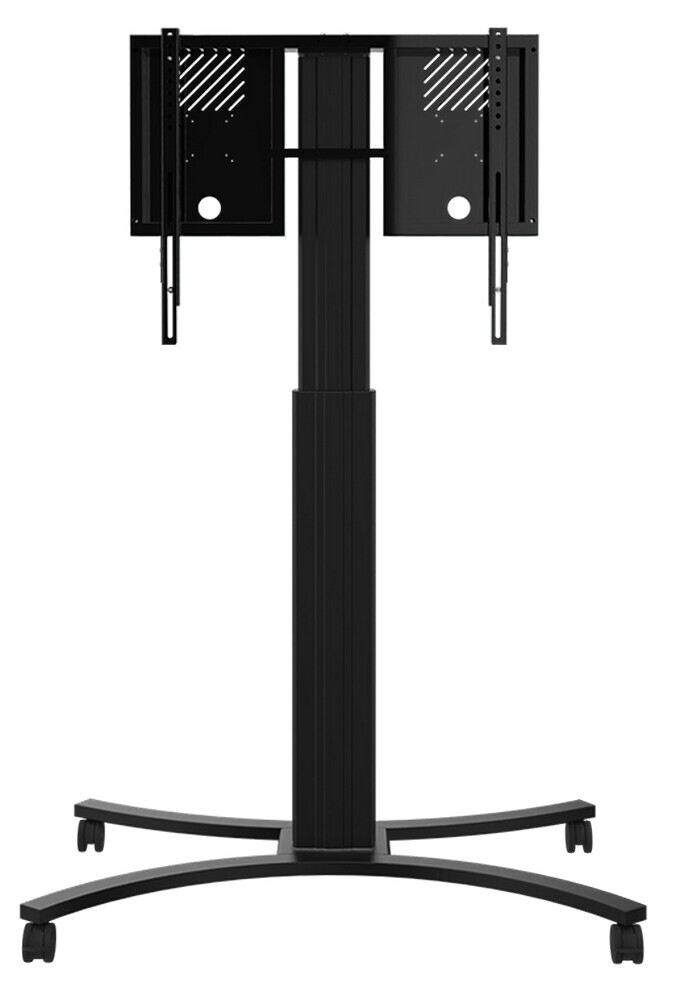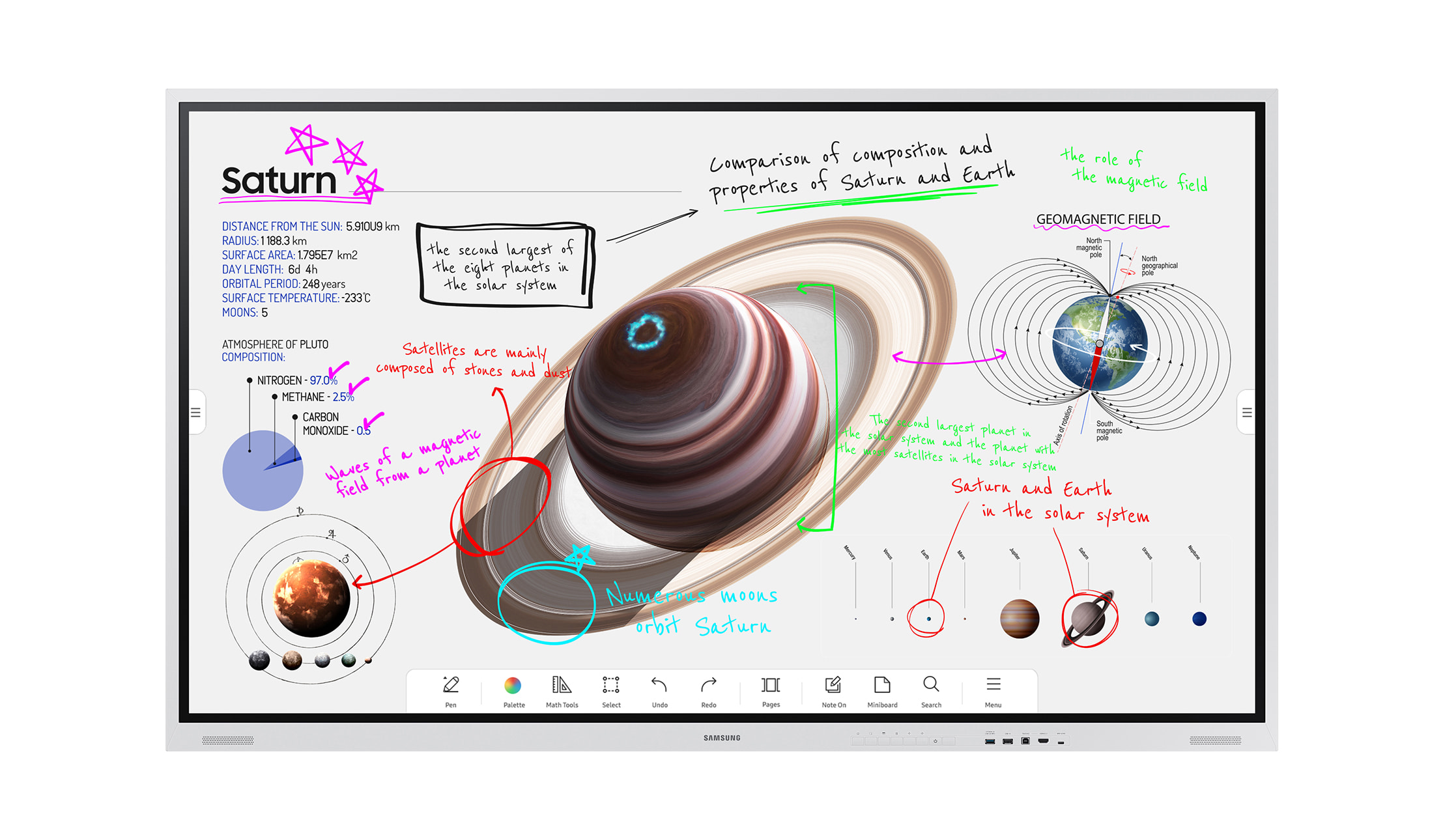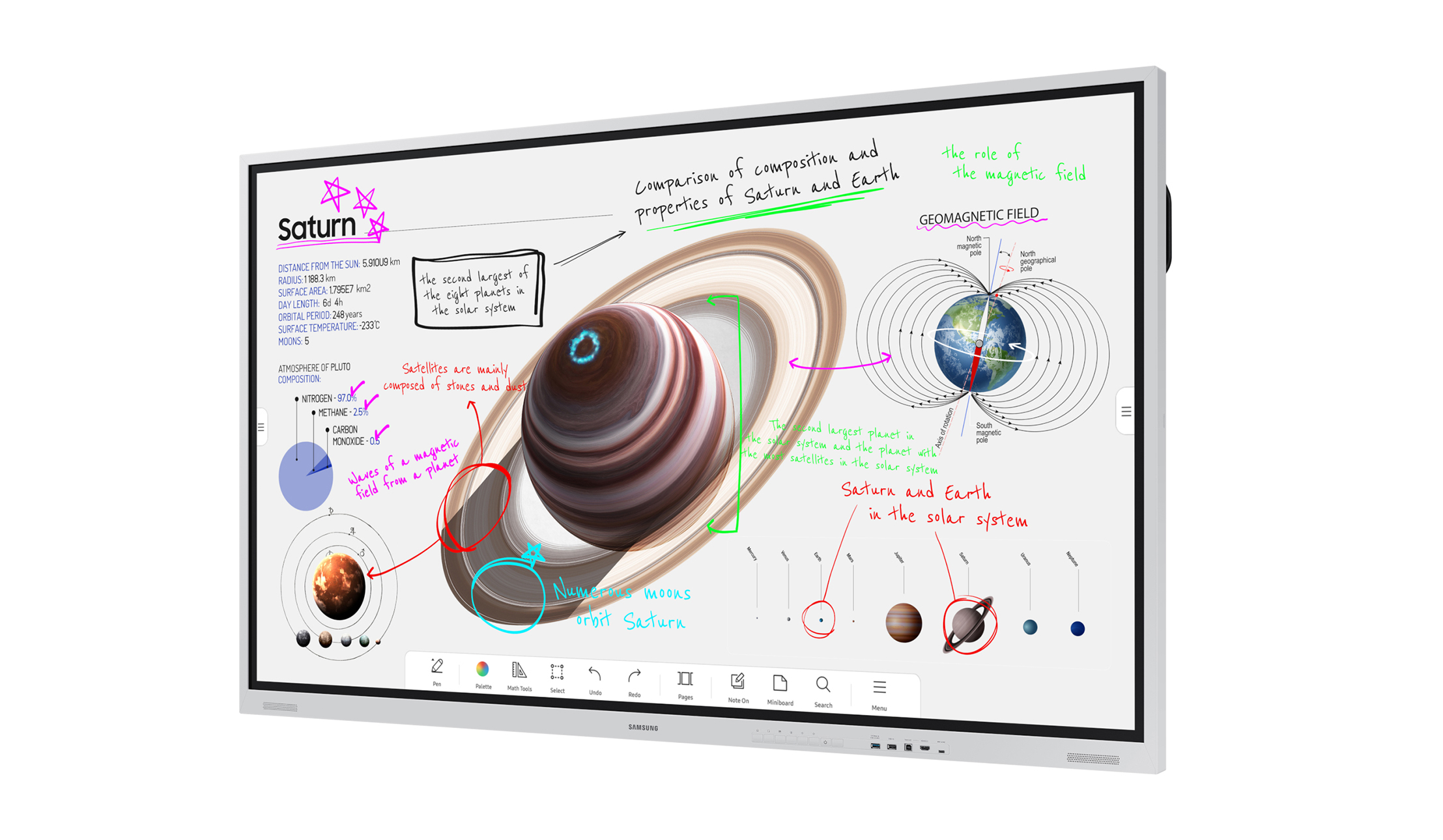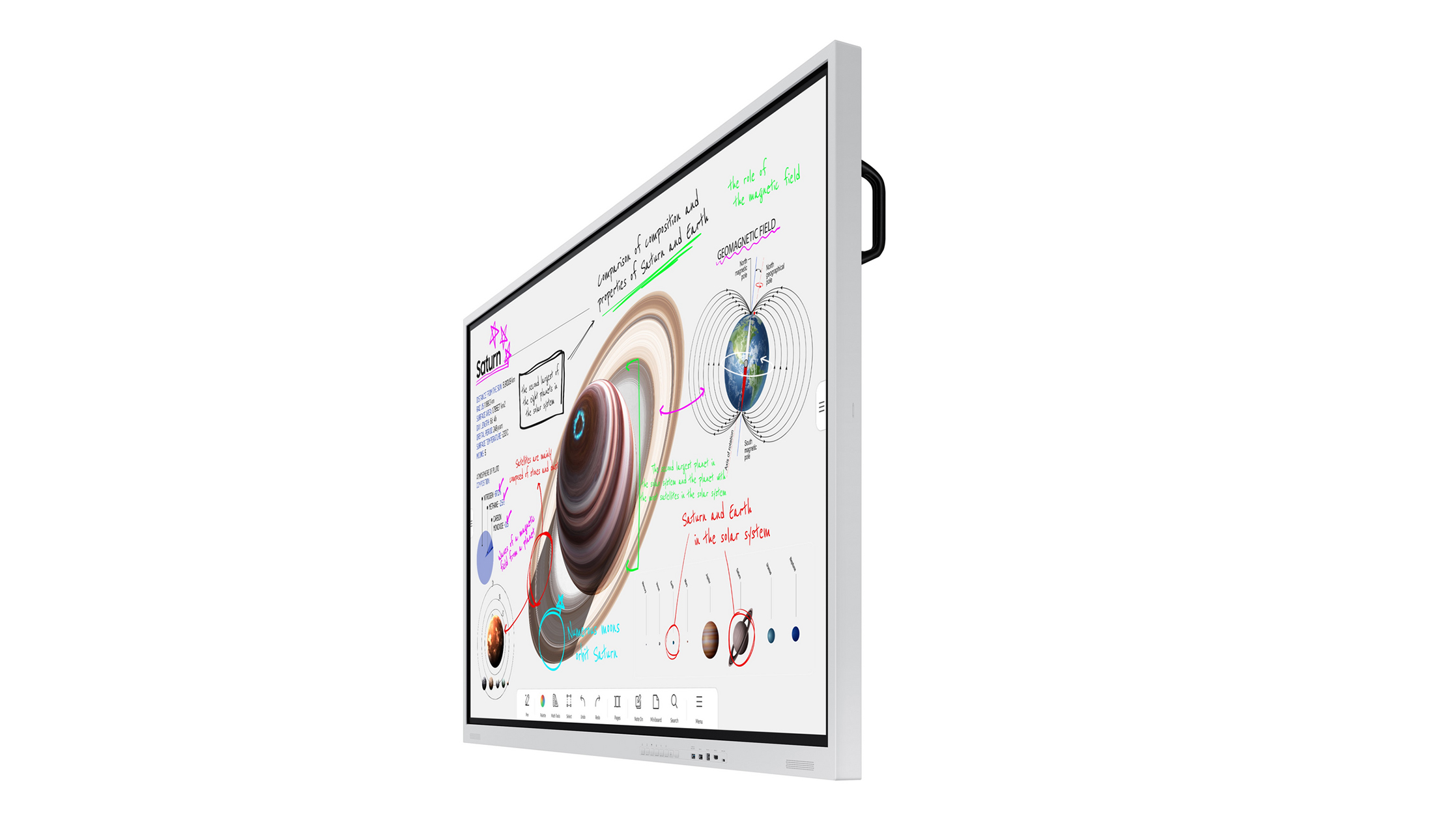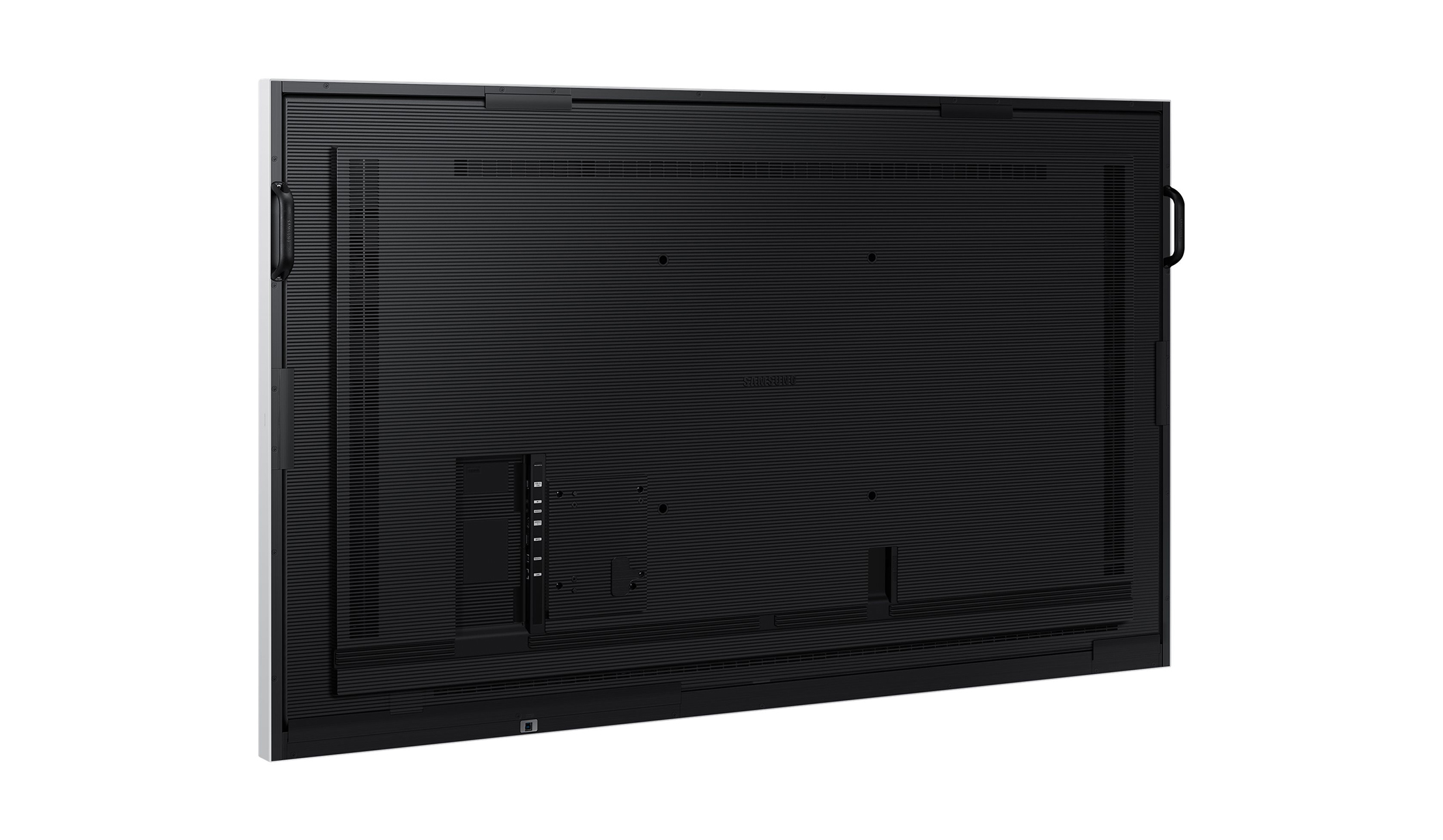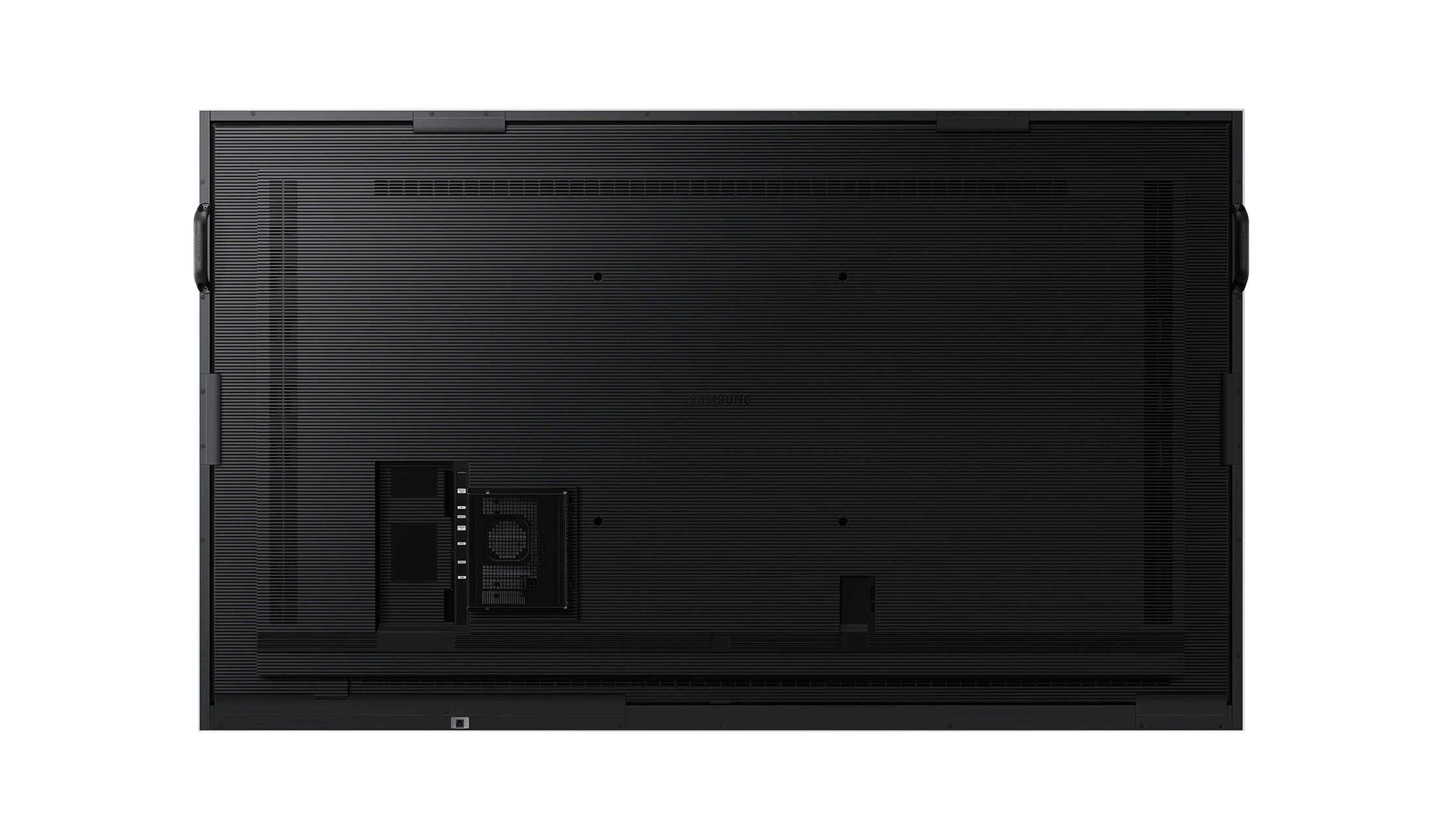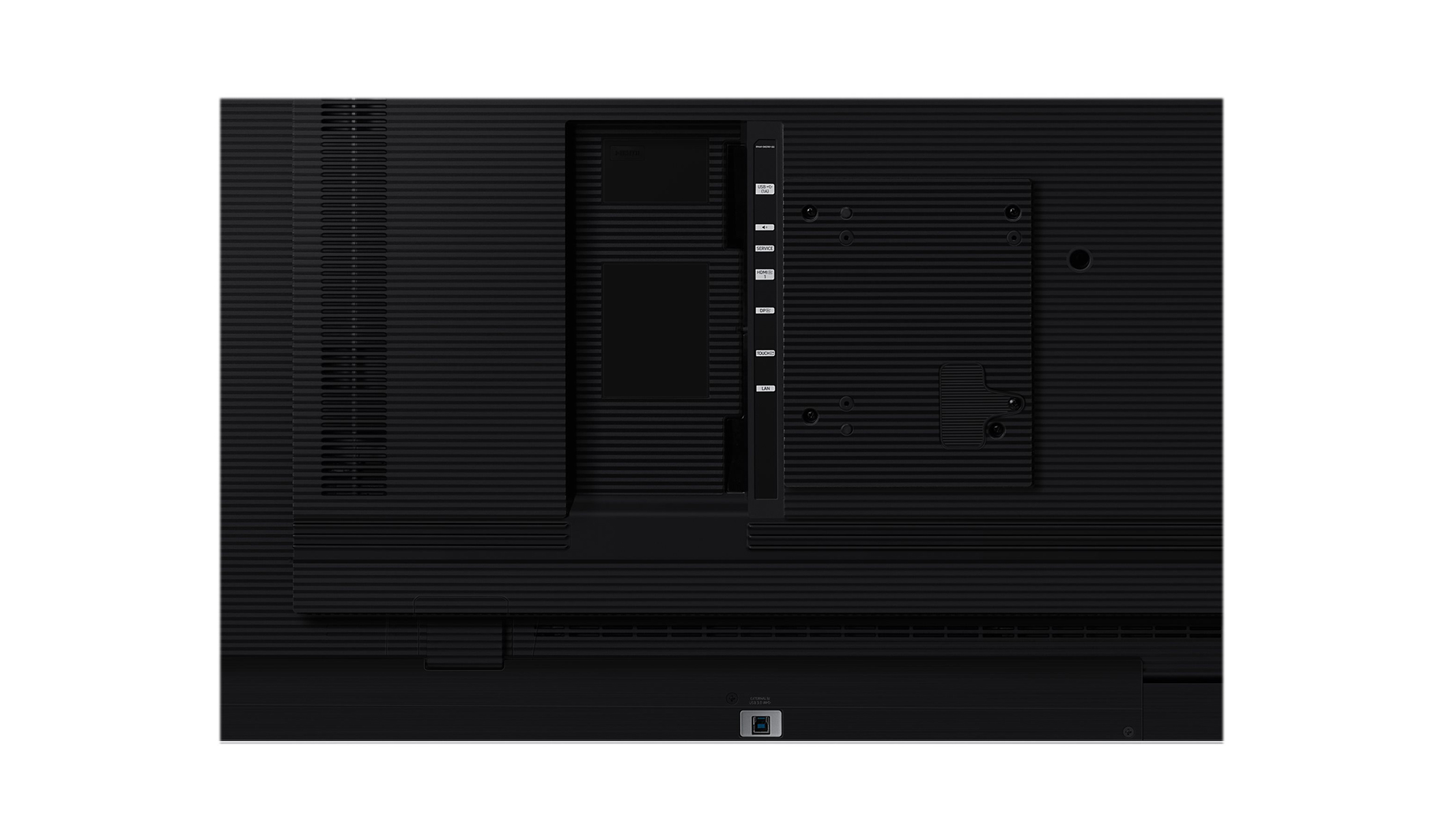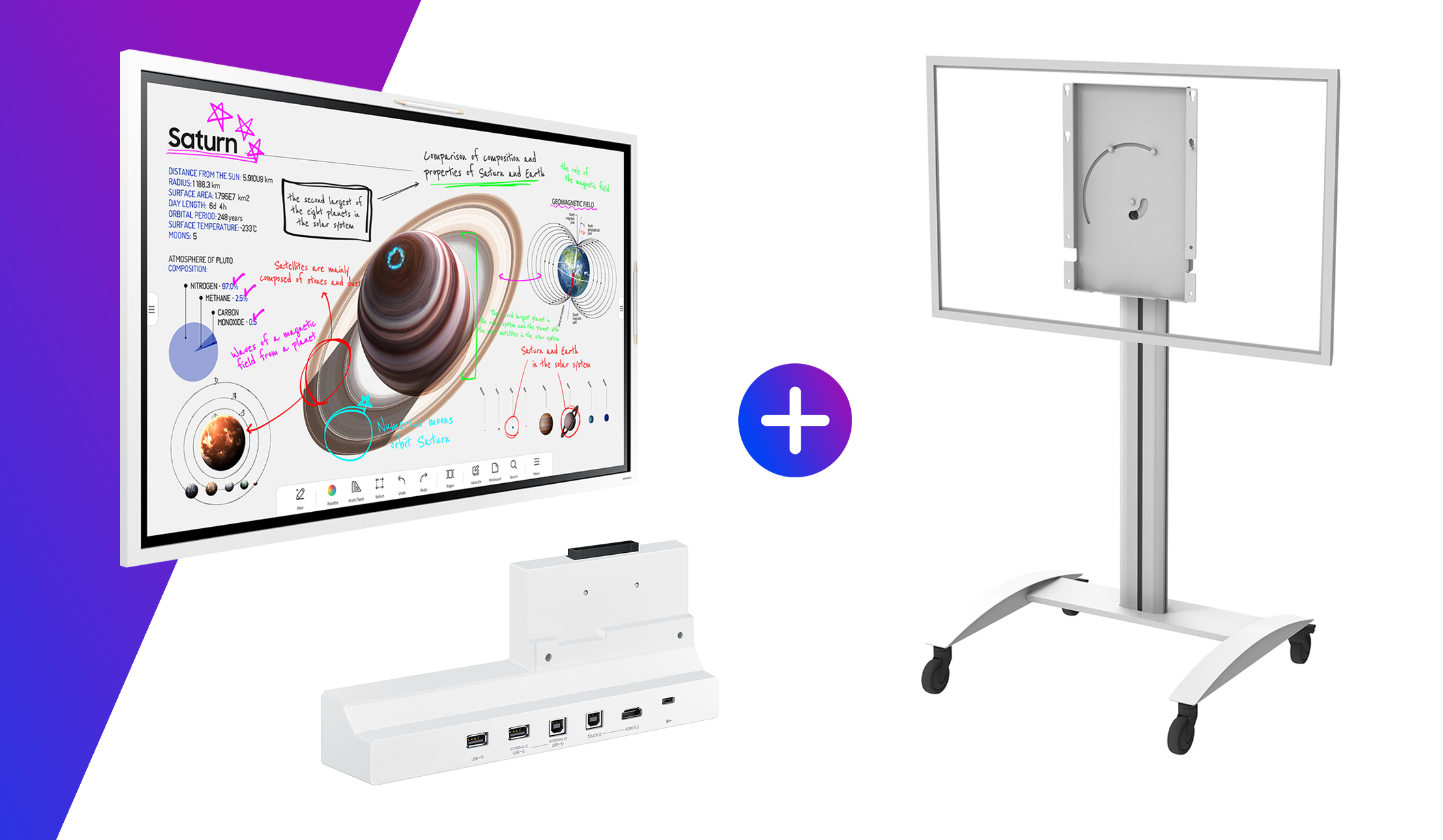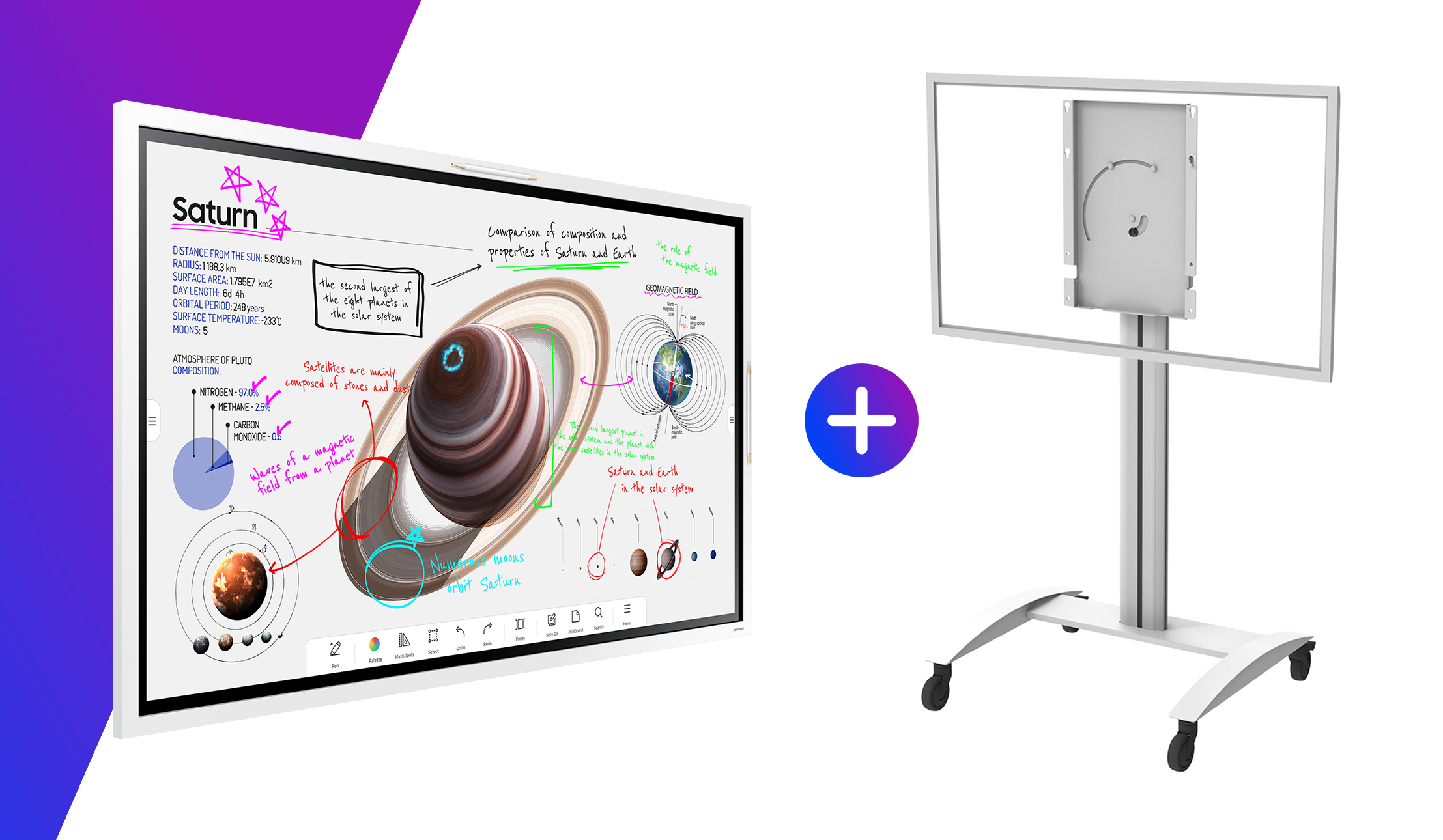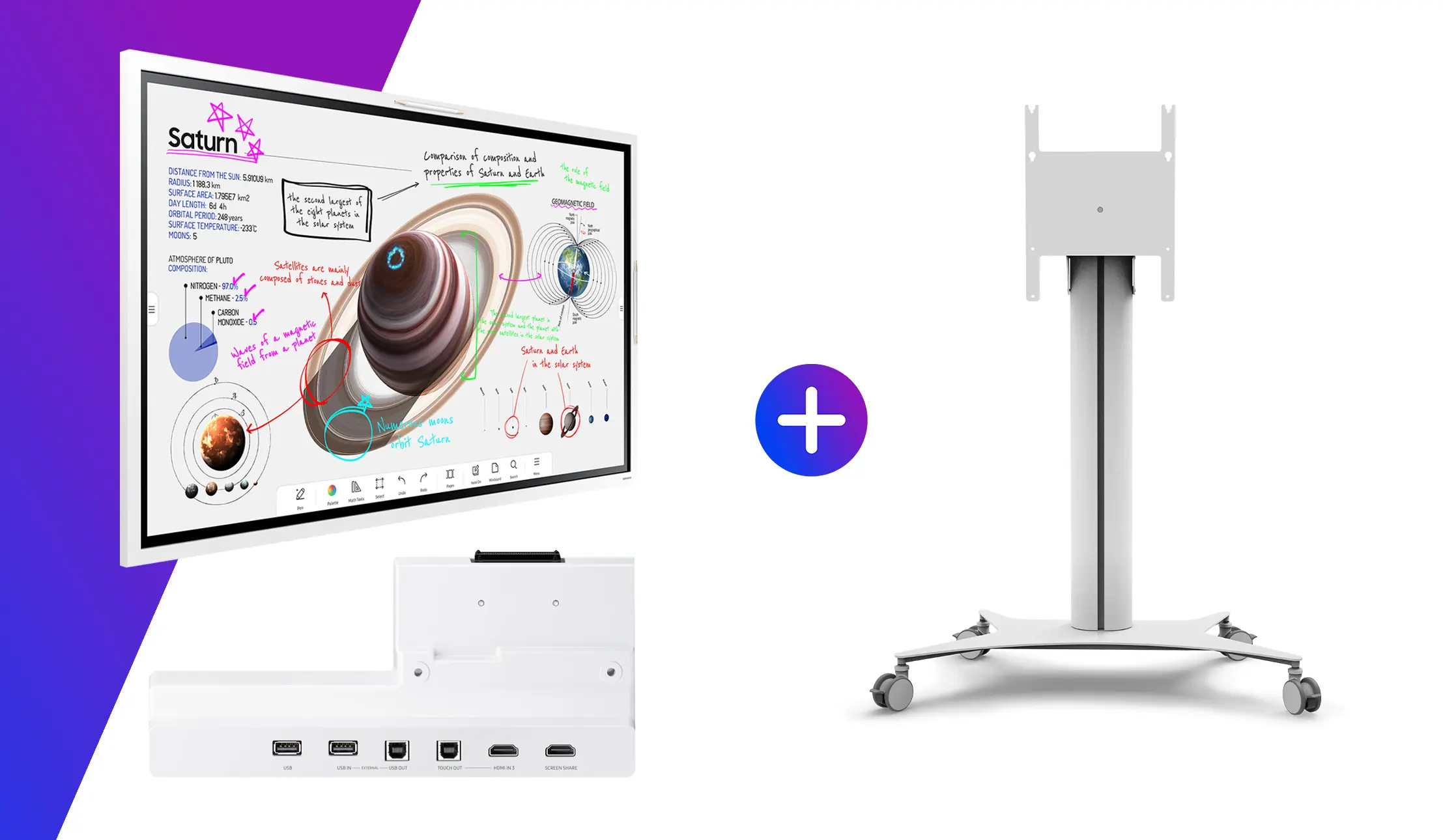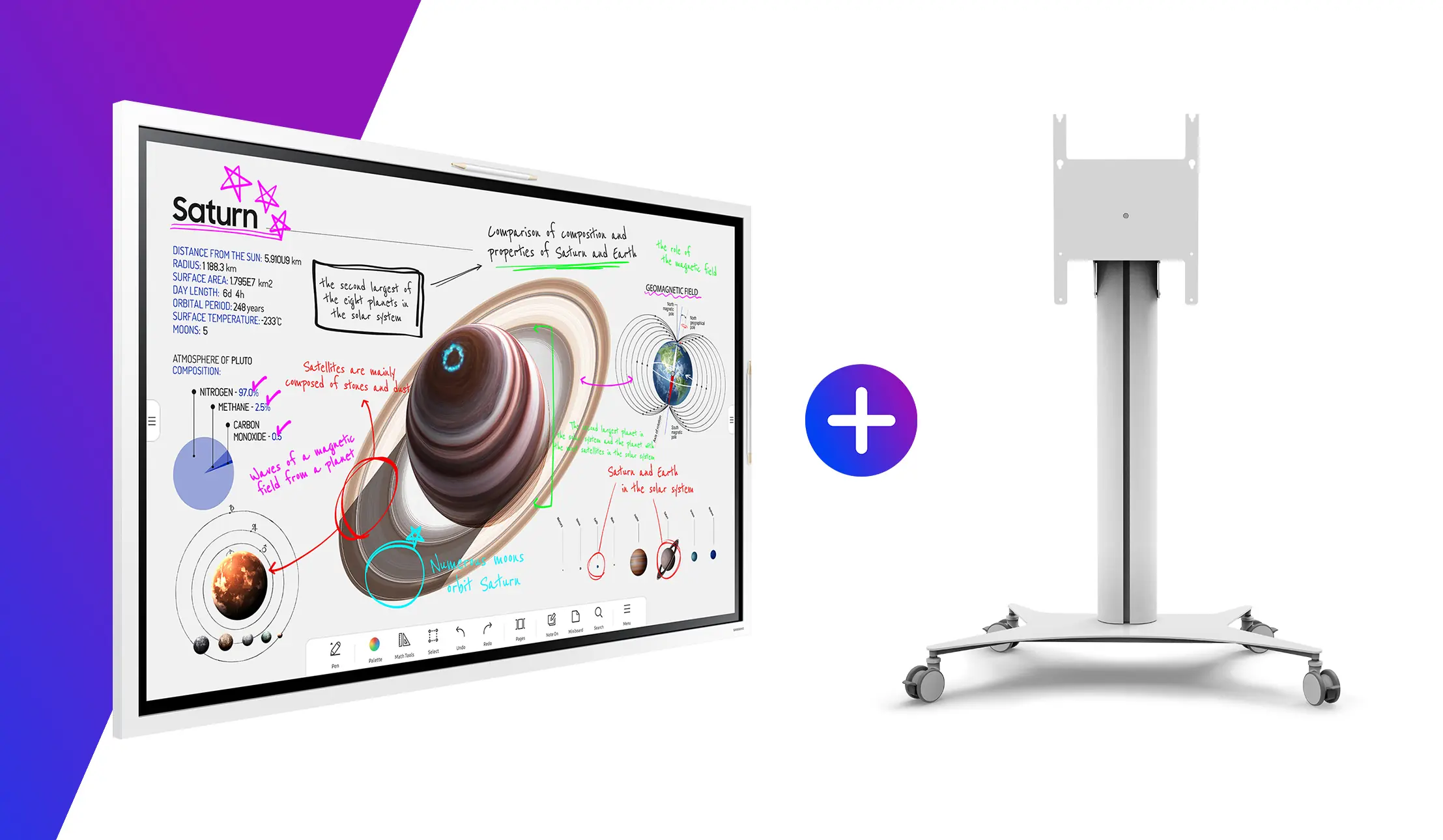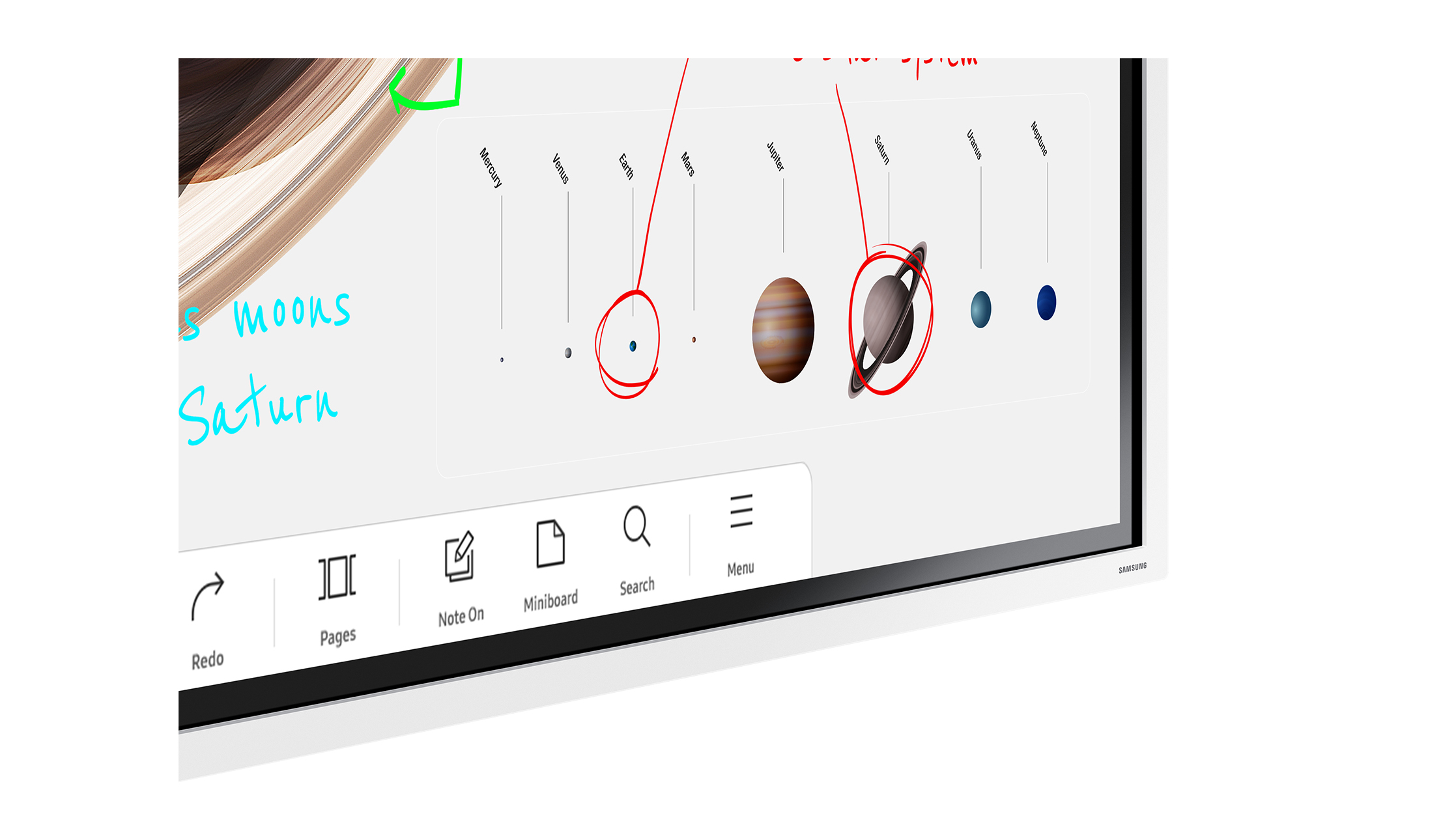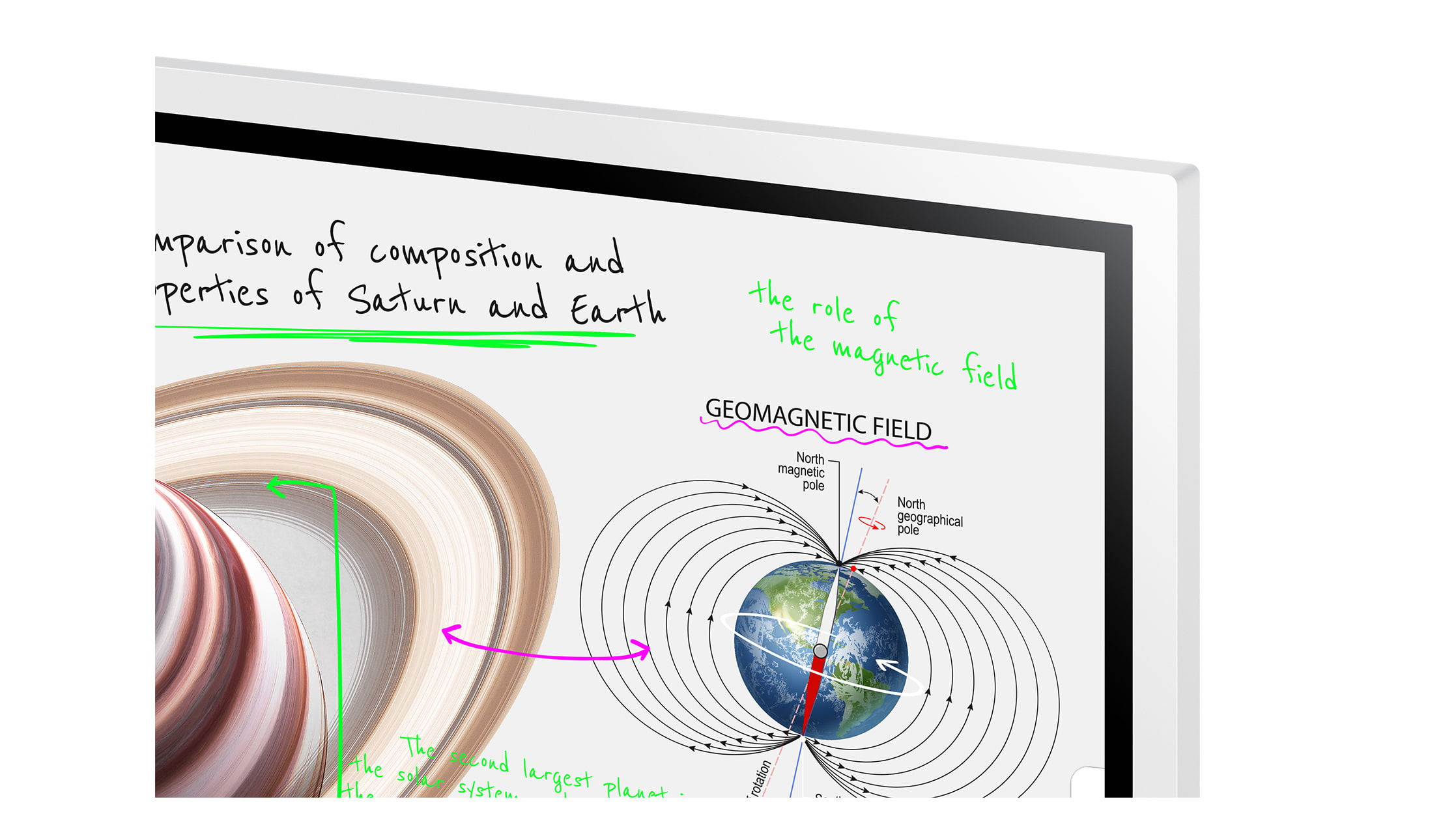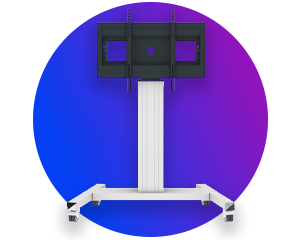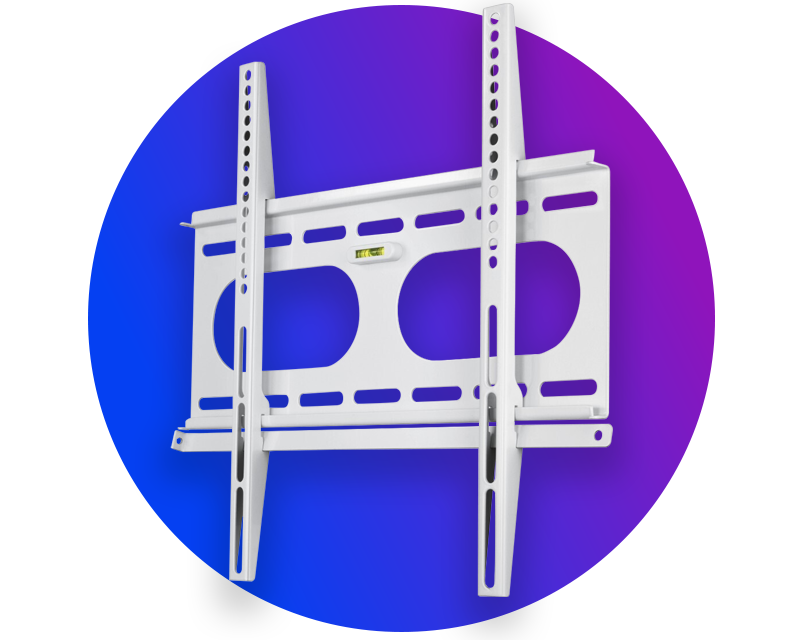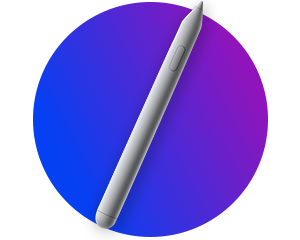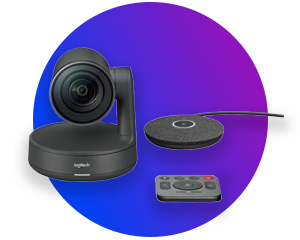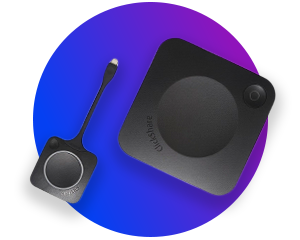Samsung displays
Innovations that impress: Samsung digital signage and public displays
Samsung has been the market leader in display technology for years and impresses with its quality, reliability and continuous further development. With a broad product portfolio that includes displays, household appliances, smartphones and wearables, the company covers a wide range of applications and continues to set new standards in the industry.
Samsung offers a range of digital signage displays and public displays that are used in public places and businesses to display dynamic content such as advertising and information. Samsung also develops digital flipcharts and whiteboards for meeting rooms and educational institutions.
Samsung has driven many innovations in the field of displays in recent years:
- Interactive tool for collaboration: Samsung has permanently changed the world of work with the Samsung Flip interactive display. Flipcharts and chalkboards have had their day. A digital flipchart is now at the centre of a modern meeting or lesson
- Progress through QLED technology: Samsung QLED displays offer exceptional image sharpness and efficiency with 8K resolution and outstanding colour reproduction thanks to Quantum technology and AI upscaling. This makes your messages even clearer for your customers
- Holistic solutions for businesses: Samsung combines first-class hardware with innovative software solutions. Tools such as MagicInfo Cloud and Samsung VXT enable companies to manage their display solutions efficiently and sustainably
From interactive to weatherproof: Samsung displays at a glance
Discover the versatile displays from Samsung, which impress with innovative technology and the highest quality.
Everything from a single source: accessories for Samsung displays
In addition to the displays, you will also find Samsung display accessories such as pens, signage players and licences as well as matching mounts for all Samsung displays in our online shop. So you get everything you need for interactive meetings or digital signage experiences from a single source



